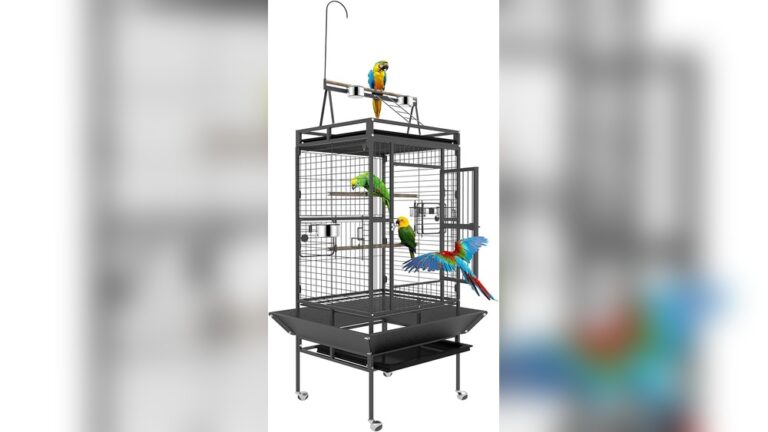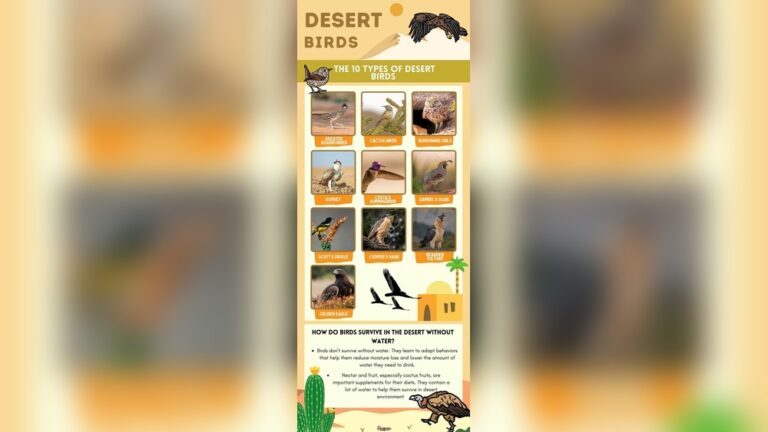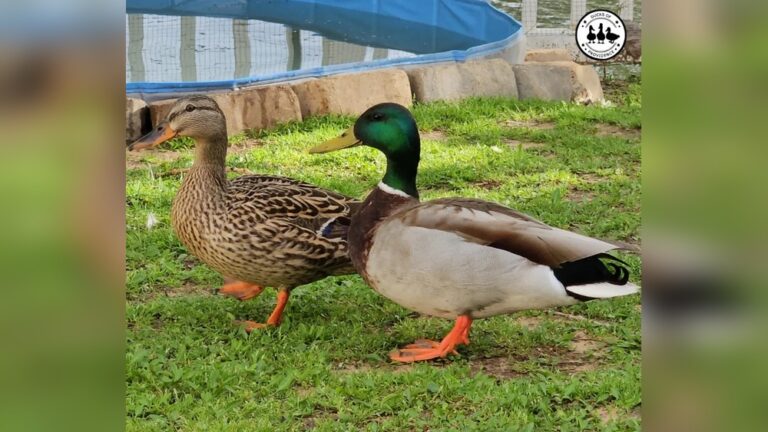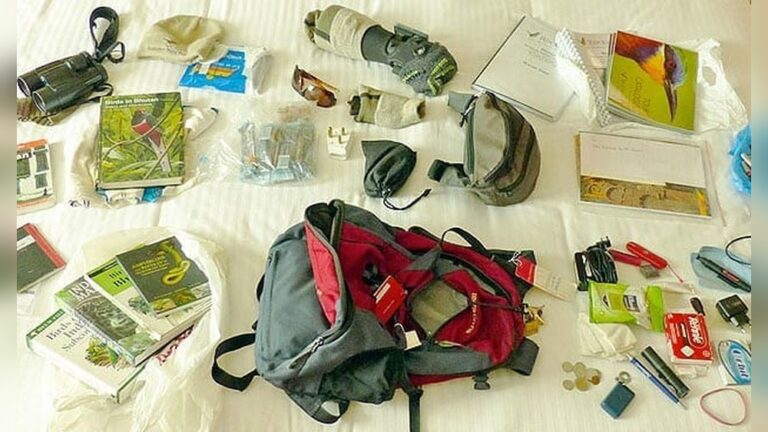Birds Reproduction Method
Have you ever wondered how birds bring new life into the world? Understanding the birds’ reproduction method can reveal fascinating secrets about nature’s design.
Whether you’re curious about the eggs you see in nests or want to know how baby birds develop, this topic holds surprising details that might change the way you look at your feathered friends. Keep reading, and you’ll discover the amazing steps birds take to ensure their species thrive season after season.
Your next outdoor adventure could be even more exciting with this knowledge in hand.
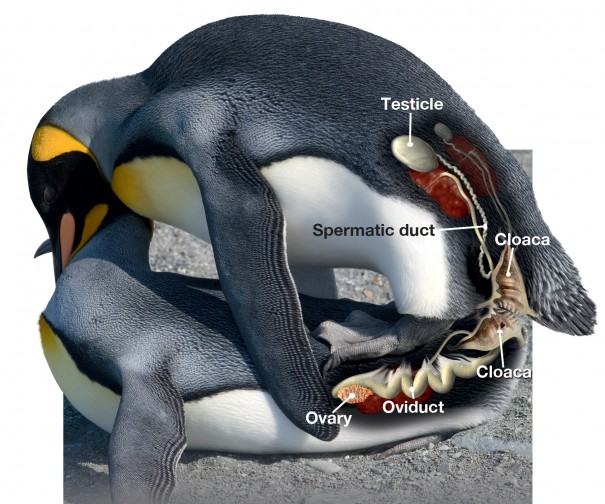
Credit: inspiritvr.com
Bird Reproductive Anatomy
Bird reproductive anatomy is unique and adapted for flight and survival. Birds have specialized organs that support their reproduction and ensure species continuation. Their reproductive system is efficient and designed for quick mating and egg laying.
Male Reproductive Organs
Male birds have testes located inside their body near the kidneys. These testes produce sperm needed to fertilize the female’s eggs. Most male birds lack an external penis. Instead, they have a small opening called a cloaca. During mating, the cloacas of both birds touch to transfer sperm. Some bird species, like ducks and swans, have a small penis used for reproduction.
Female Reproductive Organs
Female birds usually have only one functional ovary, typically the left one. The ovary produces eggs in stages, releasing one egg at a time. The egg travels through the oviduct, where it gets covered with layers like the shell. The female’s cloaca serves as the exit for eggs and is involved in mating. This setup helps females lay eggs efficiently and protect them until hatching.

Credit: avianreport.com
Mating Behaviors
Birds have unique mating behaviors that help them find partners and reproduce. These behaviors include special actions and signals to attract mates. Understanding these behaviors reveals how birds survive and continue their species.
Courtship Displays
Birds use courtship displays to catch the attention of a mate. These displays include singing, dancing, and showing bright feathers. Each species has its own way to impress potential partners. Courtship shows the bird’s health and strength. The better the display, the higher chance to attract a mate.
Pair Bonding
Pair bonding is the close connection formed between two birds. Many birds stay together to raise their young. They share tasks like building nests and feeding chicks. This bond helps both birds survive and protect their offspring. Some birds stay as partners for many seasons or even for life.
Mating Systems
Birds have different mating systems. Some are monogamous, with one partner for a season or life. Others are polygamous, where one bird mates with several partners. The system depends on the species and environment. These strategies ensure the best chance to produce healthy chicks.
Fertilization Process
The fertilization process in birds is a vital step in reproduction. It ensures new life begins inside the female bird’s body. This process involves a few unique features that help birds reproduce successfully.
Birds use internal fertilization. This means the male’s sperm meets the female’s egg inside her body. The sperm must travel carefully to reach the egg for fertilization to occur.
Internal Fertilization
In birds, fertilization happens inside the female’s reproductive tract. Males transfer sperm using a small opening called the cloaca. The cloaca of both birds touch briefly, passing sperm into the female.
This method protects the sperm from drying out. It also increases the chances of fertilization. After mating, the sperm moves to the female’s oviduct where it meets the egg.
Sperm Storage
Female birds can store sperm inside their bodies. Special storage tubules keep sperm alive for days or weeks. This ability allows fertilization to happen even after mating stops.
The stored sperm slowly fertilizes eggs as they develop. This helps birds lay several fertilized eggs over time. Sperm storage is a unique trait that supports bird reproduction.

Credit: blog.mybirdbuddy.com
Egg Formation
Birds reproduce by laying eggs, a process that starts inside the female bird’s body. Egg formation is a careful, step-by-step process that prepares the embryo for life outside the mother. This process includes yolk development and shell formation, both essential for a healthy chick.
Yolk Development
The yolk is the first part of the egg to form. It provides food for the growing embryo. The yolk forms in the ovary and contains fats, proteins, and vitamins. These nutrients help the embryo grow once the egg is laid. The yolk size depends on the bird species and its needs.
Shell Formation
After the yolk forms, the egg moves through the oviduct. Here, layers of egg white and membranes surround the yolk. The final step is shell formation. The shell is mostly made of calcium carbonate. It protects the embryo and stops water loss. The shell’s color and thickness vary by species.
Nesting And Incubation
Birds use nesting and incubation to protect their eggs and raise their young. Nesting provides a safe place for eggs. Incubation keeps eggs warm until they hatch. Both steps are important for bird reproduction.
Nest Construction
Birds build nests in many shapes and sizes. Some use twigs and leaves. Others use mud or feathers. Nests can be in trees, on the ground, or in cliffs. Birds choose places safe from predators and weather. The nest must hold eggs securely and keep them warm.
Incubation Techniques
Birds keep eggs warm by sitting on them. They use body heat to help eggs grow. Some birds take turns incubating eggs with their mates. Incubation times vary by species. The parent often turns eggs to warm all sides. This helps the baby birds develop evenly.
Hatching And Parental Care
Birds show amazing care during hatching and after. This stage is crucial for their young to survive. Parents work hard to protect and feed their chicks. The process starts with the hatching and continues with constant care. Each step helps the chicks grow strong and healthy.
Hatching Process
Eggs usually hatch after weeks of warmth from the parents. The baby bird uses a special tooth to break the shell. This tooth falls off soon after hatching. The chick pushes out of the egg slowly and carefully. It takes time for the chick to be fully free from the shell.
Newborn chicks are weak and need their parents’ warmth. They stay in the nest while their feathers grow. The parents keep the eggs and chicks warm by sitting on them. This warmth is important for the chick’s development and survival.
Feeding And Protection
Parents bring food to their chicks many times each day. They feed small insects, worms, or regurgitated food. This food gives the chicks energy to grow fast. Parents watch for dangers like predators or bad weather. They defend the nest with loud calls or attacks.
As chicks grow, parents teach them to fly and find food. This care lasts until the young birds can live alone. The protection and feeding help the chicks become strong adults.
Reproductive Adaptations
Birds have many ways to make sure their young survive and grow strong. Their reproductive methods show special changes that help them live in different places. These changes are called reproductive adaptations. They help birds have babies at the best time and raise them well.
These adaptations include how often birds breed, how many eggs they lay, and even tricks some use to avoid caring for their young. Each method fits the bird’s life and environment.
Seasonal Breeding
Many birds breed only during certain seasons. This timing matches when food is easy to find. Birds have more energy and can feed their chicks better. Seasons also bring safer weather for eggs and chicks. This way, babies have a better chance to live and grow.
Brood Parasitism
Some birds lay their eggs in other birds’ nests. They do not care for their own young. The host bird raises the parasite’s chicks by mistake. This saves time and energy for the parasite bird. It is a clever way to increase the number of babies without extra work.
Clutch Size Variations
The number of eggs a bird lays is called clutch size. This size changes depending on the bird’s environment and lifestyle. Birds in safe places often lay more eggs. Those in risky areas lay fewer eggs to protect them better. Adjusting clutch size helps balance energy and survival chances.
How Smart Pets Lover Can Help You with Birds Reproduction Method
Bringing Bird Reproduction to Life Through Hands-On Learning
Understanding the fascinating journey from mating behaviors to egg formation opens up wonderful opportunities for practical learning. Whether you’re observing nesting and incubation or exploring reproductive adaptations, each stage offers a chance to deepen your connection with birds in a meaningful way.
For those passionate about avian care, setting up a safe observation space can help you witness parental care firsthand. Taking notes on behaviors and environmental factors can reveal how these elements influence successful hatching. This kind of mindful attention aligns perfectly with Smart Pets Lover’s mission to make pet parents feel informed and confident.
- Keep a journal documenting the incubation period and any changes in parental roles.
- Research species-specific reproductive anatomy to better understand individual bird needs.
- Engage with local birdwatching groups or online forums for shared insights and support.
Should you want to dive deeper or have specific questions, reaching out to avian experts or Smart Pets Lover’s community can provide valuable guidance. After all, every chirp tells a story, and your curiosity helps write it with kindness and knowledge.
Frequently Asked Questions
How Do Birds Reproduce And Lay Eggs?
Birds reproduce sexually with internal fertilization. Females lay eggs after fertilization. Eggs develop outside the body in nests.
What Role Do Nests Play In Bird Reproduction?
Nests protect eggs and chicks from predators and weather. They provide a safe environment for development and hatching.
How Long Is The Incubation Period For Bird Eggs?
The incubation period varies by species, typically between 10 to 80 days. Parents keep eggs warm until hatching.
Do All Birds Have The Same Mating Behaviors?
No, bird mating behaviors differ widely. Some species form monogamous pairs, while others practice polygamy or elaborate courtship displays.
Conclusion
Birds reproduce in many interesting ways. Most build nests to keep eggs safe. Parents take turns to warm eggs by sitting on them. Once hatched, chicks need care and feeding. This process helps bird populations grow and survive. Understanding bird reproduction shows nature’s balance and life cycles.
It also helps protect birds and their homes. Watching birds reproduce teaches us patience and care. Nature’s simple ways often hold deep meaning. Bird reproduction is a small but vital part of our world.

